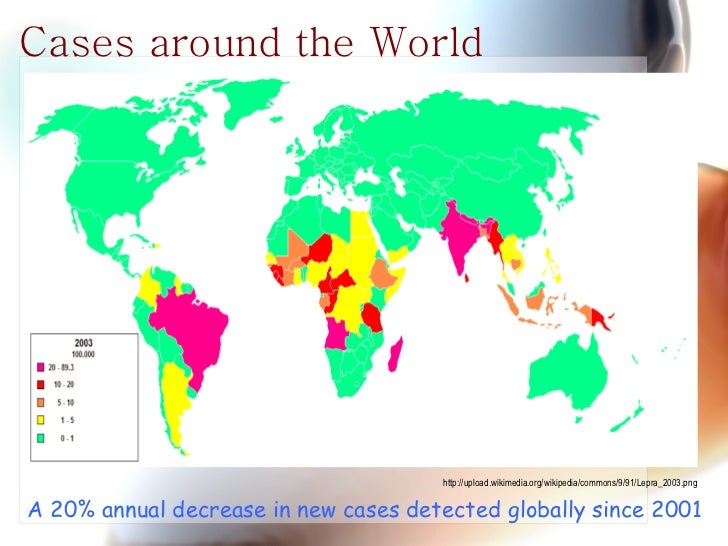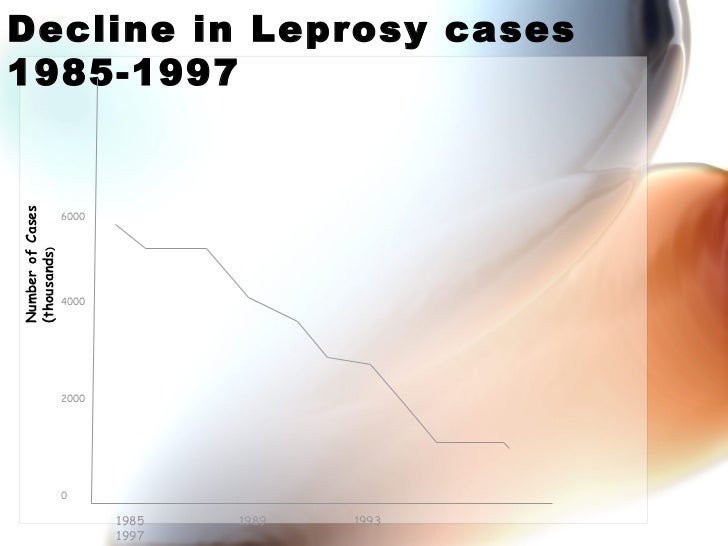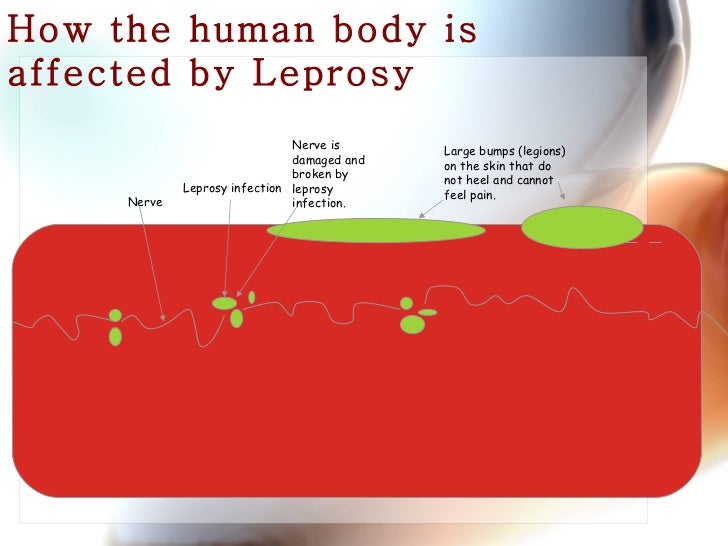INTRODUCTION :
The Nationally Notifiable Diseases Surveillance system is a national passive surveillance
system comprising 52 infectious diseases designated as reportable to CDC. Based on the
reported nationally notifiable diseases for 1995, sexually transmitted diseases (STD's)
predominated and were reported among all age groups.
The 10 most frequently reported nationally notifiable infectious diseases in the United States for 1995 were, in descending order, chlamydia, gonorrhea, acquired immunodeficiency syndrome (AIDS), salmonellosis, hepatitis A, shigellosis, tuberculosis, primary and secondary syphilis, Lyme disease, and hepatitis B. The STDs of chlamydia, gonorrhea, AIDS, primary and secondary syphilis, and hepatitis B accounted for 87% of cases reported for these 10 diseases.
system comprising 52 infectious diseases designated as reportable to CDC. Based on the
reported nationally notifiable diseases for 1995, sexually transmitted diseases (STD's)
predominated and were reported among all age groups.
The 10 most frequently reported nationally notifiable infectious diseases in the United States for 1995 were, in descending order, chlamydia, gonorrhea, acquired immunodeficiency syndrome (AIDS), salmonellosis, hepatitis A, shigellosis, tuberculosis, primary and secondary syphilis, Lyme disease, and hepatitis B. The STDs of chlamydia, gonorrhea, AIDS, primary and secondary syphilis, and hepatitis B accounted for 87% of cases reported for these 10 diseases.
DEFINITION :
infection of the genital tract by the bacterium Treponema pallidum. Syphilis is passed from
one person to another during direct sexual contact with a syphilis lesion that involves
vaginal, oral, or anal sex. Syphilis can also be passed from an infected mother to her baby
during pregnancy and result in stillbirth or serious birth defects.
INCIDENCE :
- In 2008, 63% of the reported primary and secondary (P&S) syphilis cases were among men who have sex with men (MSM).
- During 2004–2008, rates of P&S syphilis increased the most among 15–24 year-old men and women.
ETIOLOGY :
- Syphilis is almost always passed through sexual contact. It also can be passed from an infected mother to her baby during pregnancy.
- It may also be possible to catch syphilis if one is an injecting drug user and shares a needle with somebody who is infected.
- Pregnant women can pass the condition on to their unborn babies, which can cause stillbirth or death of the baby shortly after labor.
- It is extremely rare for syphilis to be spread through blood transfusions as almost all blood transfusions are routinely screened for syphilis.
- Syphilis is caused by bacteria called Treponema pallidum. The bacteria can enter the body if you have close contact with an infected sore, normally during vaginal, anal or oral sex or by sharing sex toys.
PATHOPHYSIOLOGY :
Treponema pallidum enters the body through intact mucous membrane abraded skin, almost exscluessively by direct sexual contact. After entery, the organism multiply locally and disseminate systemically through the blood stream and lymphatic. The infection can also be passed transplacentally from an untreated pregnant woman to her fetus during any stage of the disease ( congenital syphilis).
In rare instances, syphilis has been contracted through nonsexual personal contact, excidental inoculation, or blood transfusion from a syphilitic donor. Syphilis can progress to irrevisible blindness, mental illness, paralysis, heart disease and death.
CLINICAL MANIFESTATIONS :
Syphilis can manifest in three stages:
- which occurs within a few weeks to months after infection.
- which presents after a few months up to a year.
- which presents years to decades after primary infection.
PRIMARY SYPHILIS
This appears 9 to 90 days after the organism gains entry via direct inoculation through the thin skin or mucosa of the anogenital tract or mouth during sexual exposure.
The resulting lesion is typically a painless ulcer or ‘chancre’, sometimes indurated, that appears at the site of inoculation and is associated with regional lymphadenopathy; chancres can be multiple and atypical.
SECONDARY SYPHILIS
Occurs 3 to 6 weeks after the appearance of the chancre, with manifestations :
- including fever.
- malaise.
- mucocutaneous lesions (rash, condyloma lata, mucous patches).
- generalized lymphadenopathy.
- visceral disease (uncommon).
LATENT SYPHILIS
The lesions of both primary and secondary syphilis may wax and wane, but they eventually resolve. There are no signs or symptoms of active syphilis, but serological tests are positive for T. pallidum.
TERTIARY SYPHILIS
Affects around one-third of infected people following a variable period of latent infection, with manifestations including :
1) neurosyphilis—aseptic meningitis, with variable features, e.g. focal neurological deficits, cranial nerve palsies, hydrocephalus or psychiatric symptoms.
2) Gummatous syphilis—destructive granulomatous lesions most commonly present on skin, mucosal surfaces or in bone.
3) Cardiovascular syphilis—most commonly asymptomatic aortitis, aortic incompetence, aortic aneurysm, and coronary ostial stenosis.
 |
| Cardiovascular syphilis - narrowing of coronary ostia in aortus |
 |
| Neurosyphilis - spirochetes in neural tissue |
EXAMINATIONS :
The physical exam may include :
- Assess the skin and mouth to look for any rash or other abnormalities.
- For women, a pelvic examination to look for signs of syphilis. During the pelvic examination, doctor look for abnormal sores in the vagina or on the vulva, labia, rectal area and inner thighs. These sores occur during the primary stage of syphilis.
- For men, a genital examination to look for signs syphilis.
- For newborns, an examination of both the newborn and the mother for symptoms. The evaluation for congenital syphilis begins with a review of the mother’s health and testing the mother for syphilis.
INVESTIGATIONS :
The transient nature of the lesions and the spirochetaemia limit the role of direct detection of T. pallidum, hence diagnosis usually relies on serology, with tests being :
- Rapid plasma reagin (RPR) and Venereal Disease Research Laboratory (VDRL) tests detect phospholipid cardiolipin as an antigen generally sensitive in early infection but tend to decline over the next several years without treatment; able to quantify disease activity and hence used for follow-up after treatment.
- T. pallidum haemagglutination assay (TPHA) use T. pallidum as the antigen may become positive shortly before the nonspecific tests typically remain reactive for life after successful treatment and therefore have no role in assessing stage of infection, ‘cure,’ or reinfection.
- Immunoglobulin (IgM) - tests measure both immunoglobulin (Ig) G and IgM antiphospholipid antibodies formed by the host in response to lipoidal material released by damaged host cells early in infection and lipid from the cell surfaces of the treponeme itself.
- Fluorescent treponemal antibody absorption ( FTAABS) - It is the most specific test for the diagnosis of syphilis when lesions are present. This test uses fluorescein isothiocyanate-labelled antibody specific to pathogenic treponemes, and therefore is suitable for the examination of specimens from oral and rectal lesions.
TREATMENT :
1.Early infections :
2. Late infections :
Treatment at this stage limits further progression, but has only slight effect on damage which has already occurred.
3. Jarisch-Herxheimer reaction :
- The first-choice treatment for uncomplicated syphilis remains a single dose of intramuscular penicillin G or a single dose of oral azithromycin. Doxycycline and tetracycline are alternative choices; however, due to the risk of birth defects these are not recommended for pregnant women.
- Antibiotic resistance has developed to a number of agents, including macrolides, clindamycin, and rifampin. Ceftriaxone, a third-generation cephalosporin antibiotic, may be as effective as penicillin-based treatment.
2. Late infections :
- For neurosyphilis, due to the poor penetration of penicillin G into the central nervous system, those affected are recommended to be given large doses of intravenous penicillin for a minimum of 10 days.
- If a person is allergic, ceftriaxone may be used or penicillin desensitization attempted. Other late presentations may be treated with once-weekly intramuscular penicillin G for three weeks. If allergic, as in the case of early disease, doxycycline or tetracycline may be used, albeit for a longer duration.
Treatment at this stage limits further progression, but has only slight effect on damage which has already occurred.
3. Jarisch-Herxheimer reaction :
- One of the potential side effects of treatment is the Jarisch-Herxheimer reaction. It frequently starts within one hour and lasts for 24 hours, with symptoms of fever, muscles pains, headache, and tachycardia.
- It is caused by cytokines released by the immune system in response to lipoproteins released from rupturing syphilis bacteria.
| STAGE | TYPE OF PENICILIN | OTHERS ANTIBIOTICS |
| Early syphilis (primary, secondary and early latent) | 2.4 million U IM of penicillin G benzathine (Bicilin) in a single dose. | Doxycycline( vibramycin) 100mg orally twice a day for 2 weeks , or tetracycline 500mg orally four times a day for 2 weeks. |
| Re-treatment, if needed | 7.2 million U of Bicilin total, given as three doses of 2.4 million U IM of Bicilin each at 1 weeks intervals. | - |
| Late latent syphilis | 7.2 million U total of Bicilin gives as three doses of 2.4 million U IM of Bicilin each at 1 week intervals. | Doxycycline or tetracycline given for 4 week at same dasage/routes as early syphilis. |
Tertiary syphilis Gumma , Cardiovascular
Neurosyphilis |
Same as for re-treatment and late latent stage
Aqueous crystalline penicillin G 18-24 U IV daily , given as 3-4 million U every 4 hour for 10-14 days. |
Same as for late latent stage
|
COMPLICATIONS :
- Cardiovascular complications ( aortitis and aneurysms)
- Destructive sore of skin and bone (gumms)
- Neurosyphilis
- Syphilitic myelopathy – a complication that involves muscle weakness and abnormal sensation.
- Untreated secondary syphilis during pregnancy may spread the disease to the developing baby. This is called congenital syphilis.
PROGNOSIS :
- Syphilis can be cured if it is diagnosed early and completely treated.
- Secondary syphilis can be cured if it is diagnosed early and treated effectively although it usually goes away within weeks , in some cases it may last for up to 1 year. Without treatment , up to one third of patients will have late complications of syphilis.
- Late syphilis may be permanently disabling, and it may lead to death.
PREVENTIONS :
- Prevention measures include seeking regular medical care throughout a lifetime. To allows a health care professional to best evaluate a person's individual risks of catching syphilis and curing syphilis in its earliest stage before serious complications occur.
- Abstaining from sexual activity or having sex with partner is infected with syphilis or another sexually transmitted disease. Latex condoms also provide some protection when used properly.
- Prevention of congenital infection and serious outcomes such as stillbirth and neonatal death rely on routine antenatal screening early in the pregnancy, with prompt treatment of infected mothers.
NURSING CARE :
1. Chronic pain related to a lesion in body tissue.
Goal: Pain disappeared and comfort are met.
Nursing Intervention:
- Assess the history of pain and response to pain.
- Assess the needs that can reduce pain and explain the technique reduces pain and causes pain.
- Collaboration with physicians in providing analgesic to reduce pain.
2. Hyperthermia related to the infection process.
Goal: Clients will have a normal body temperature.
Nursing Intervention:
- Observation of general condition of the client with vital signs every 2 hours to detect any abnormal reading.
- Give antipyretics as recommended by your doctor and monitor the effectiveness of 30-60 minutes later to reduce the hyperthermia.
- Recommend that clients use a thin and loose clothing to encourage heat loss.
- Give client a lot of water to prevent dehydration.
3. Anxiety related to the disease process.
Goal: Anxiety is reduced or lost.
Nursing Intervention:
- Tell clients about the disease and actions to be carried out simply.
- Teach the couple about the importance of treatment to their infant.
- Discuss the importance of abstaining from sexual activity until he and his partners are cured and of using condoms to prevent reinfection.
CONCLUSION :
Syphilis represented a unique public health challenge because it carried with it a huge stigma and because it was transmitted by sexual contact. It was a disease that no one wanted to have or discuss. Yet it probably afflicted 10 percent of the population, with a greater incidence in males than in females, and some methods of prevention, control, and treatment were imperative if the disease was ever to be eradicated.
VIDEO :
VIDEO :
REFERENCE :
- Sheila S.S & Cynthia M.T (2009) Nursing Diagnosis Reference Manual , Ed 9th , Philadelphia : Lippincort Williams & wilkins.
- LeMone & Burke & Bauldoff (2011) Medical-Surgical Nursing : Critical Thinking In Patient Care , Ed 5th , United States of America : Pearson.
- Leslie.H & Rick.D (2012) Contemporary Medical-Surgical Nursing , Ed 2nd , Unitede States of America : Delmar Gengage Learning.
- Priscilla.L.M & Karen.B (2008) Medical-Surgical Nursing : Critical Thinking In Client Care , Ed 4th , United States of America : Pearson International Edition.
- http://www.channel4embarrassingillnesses.com/men-in-white-coats/syphilis/introduction/
.jpg)


.jpg)
.jpg)


.jpg)
.jpg)





.jpg)


.jpg)
.jpg)
.jpg)


.jpg)
.jpg)
